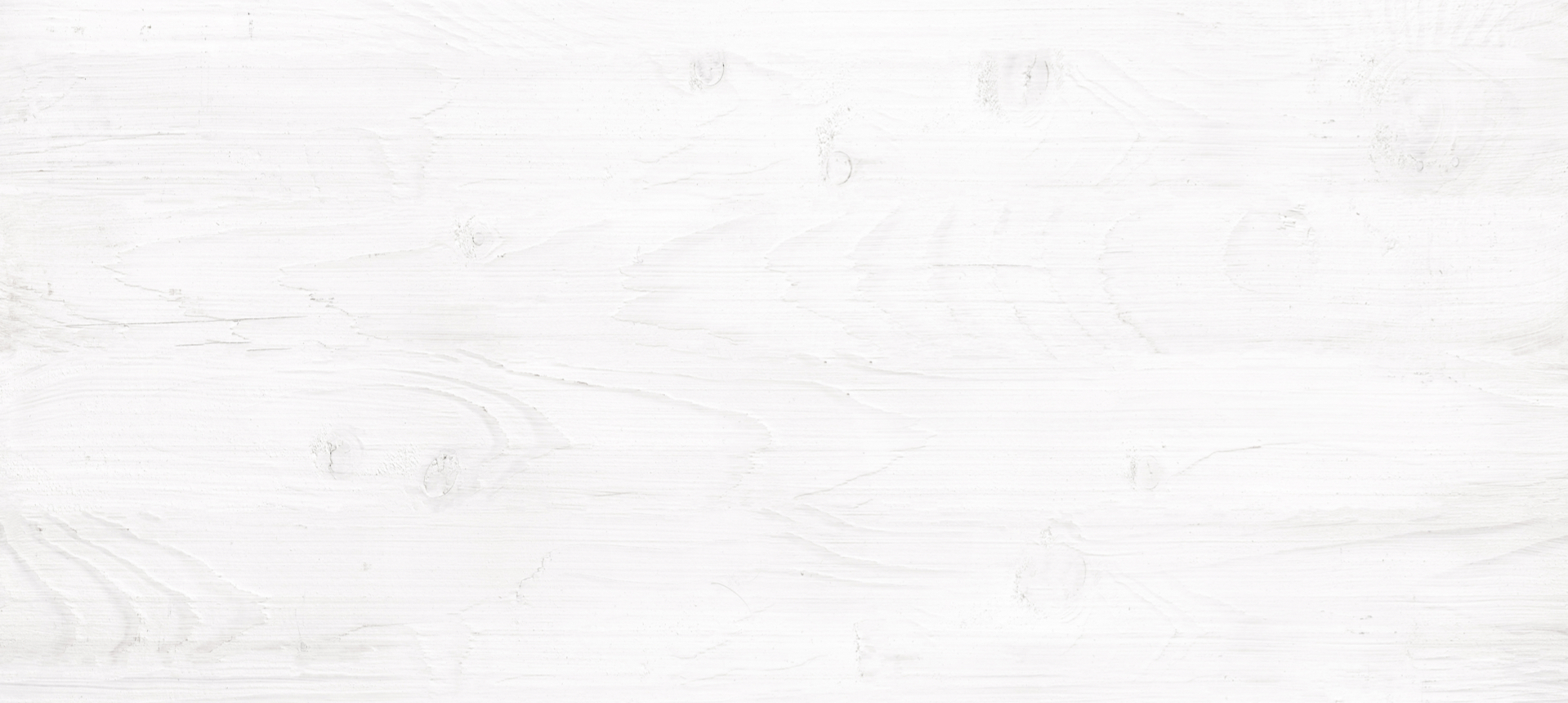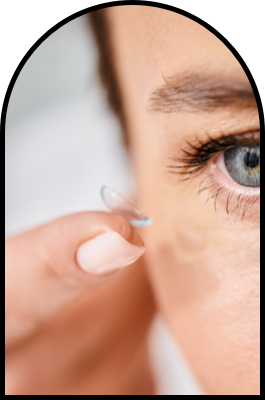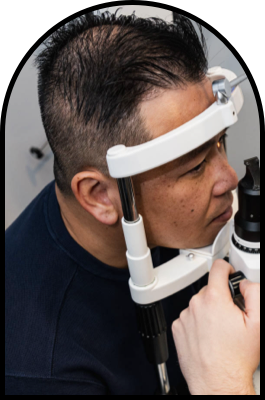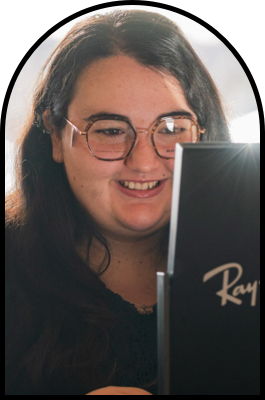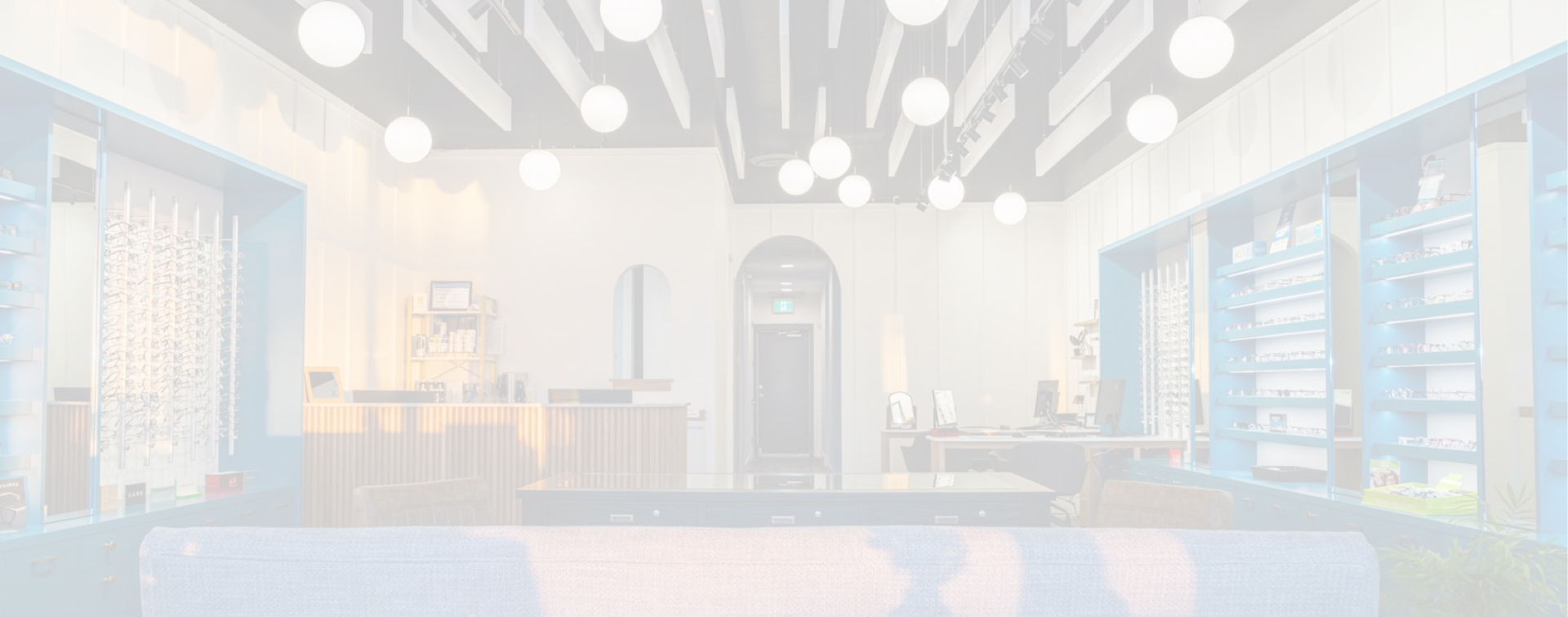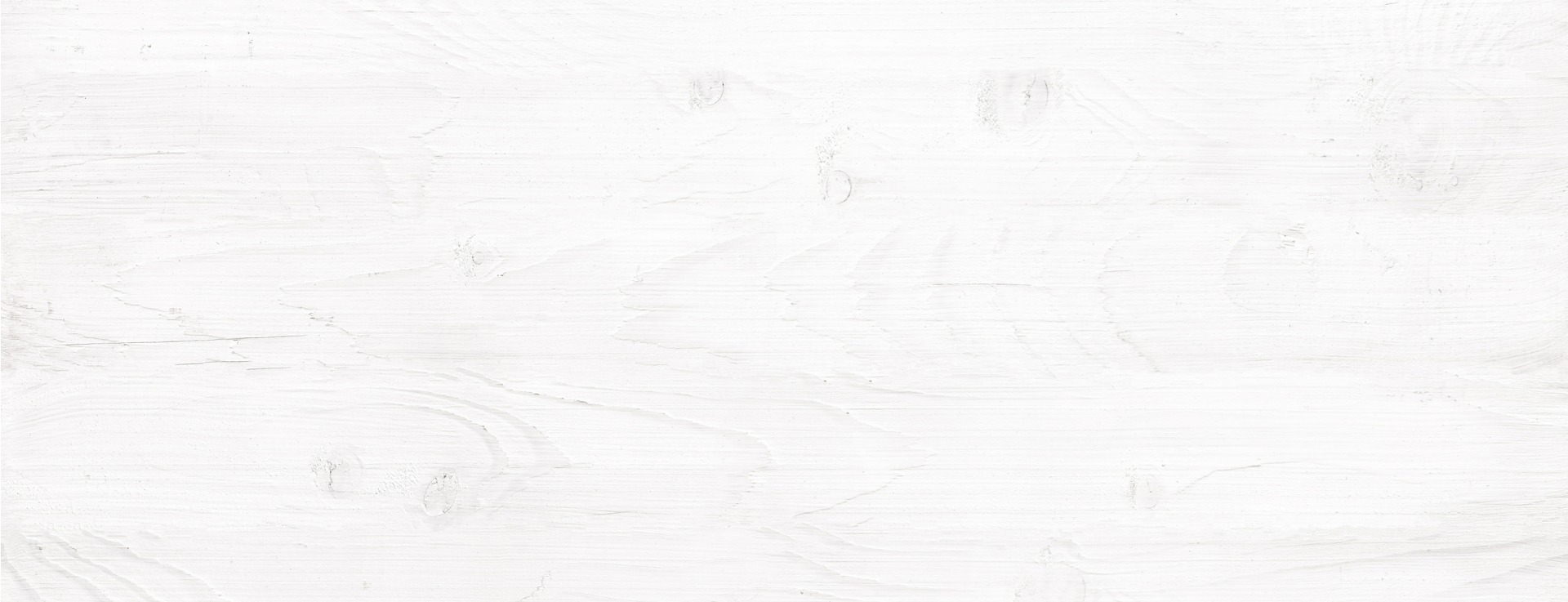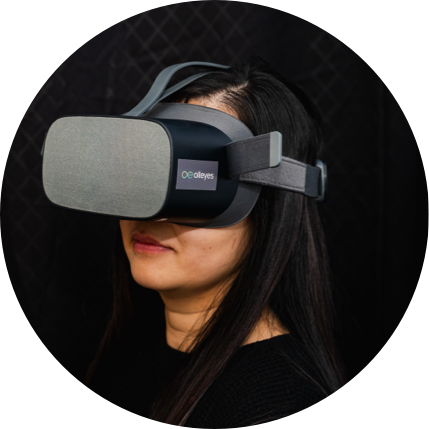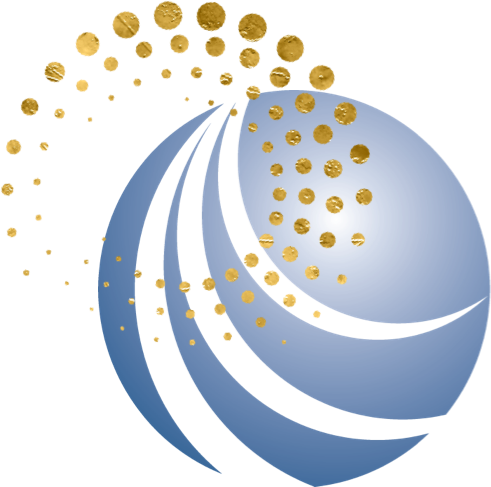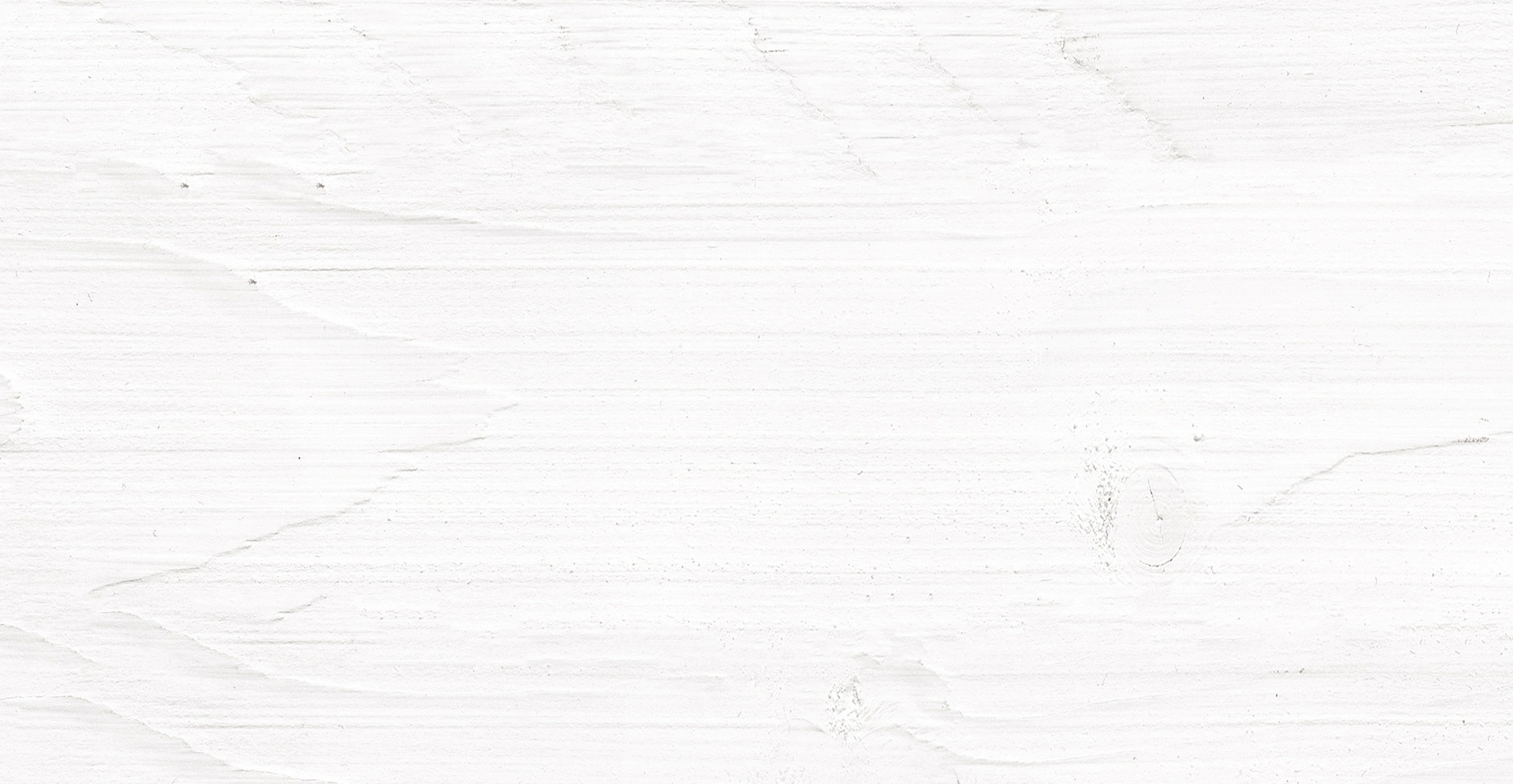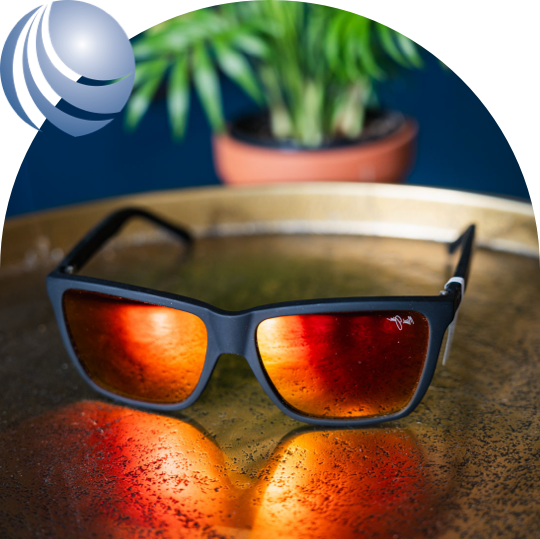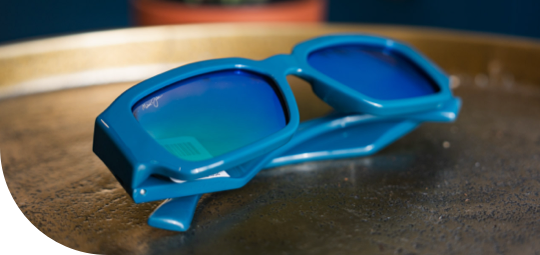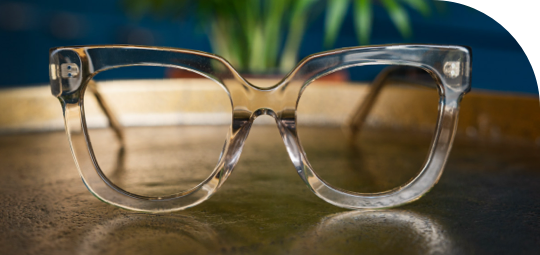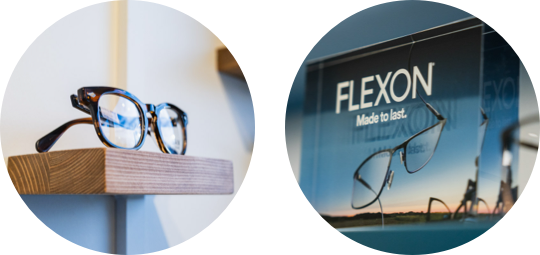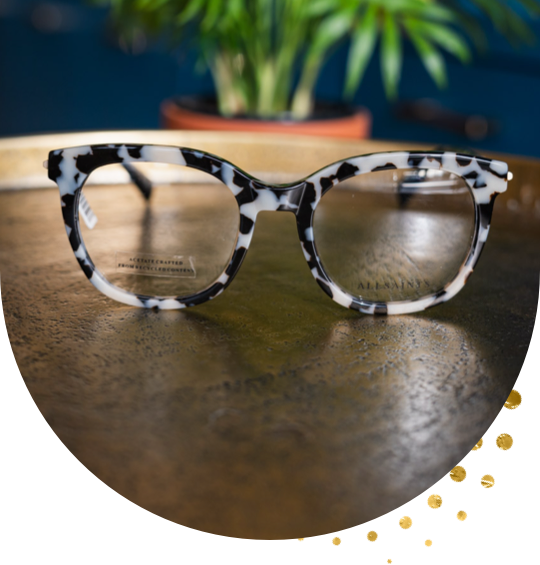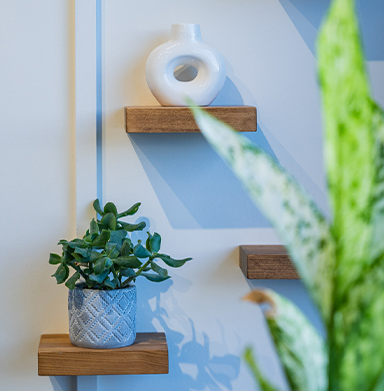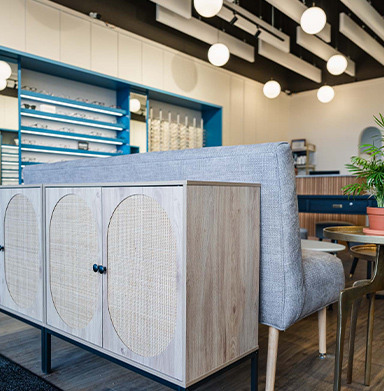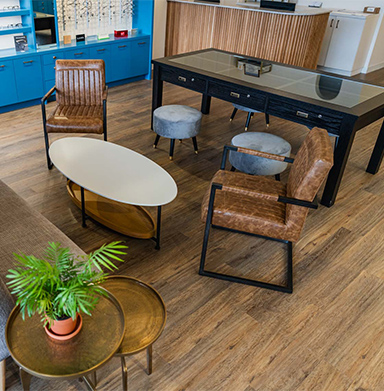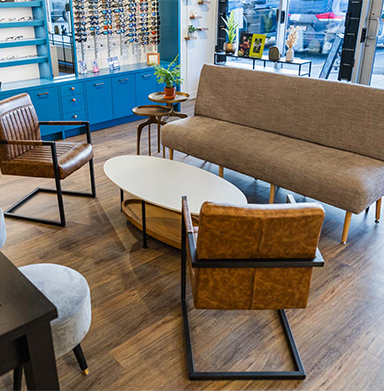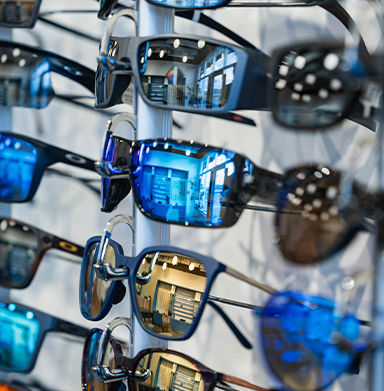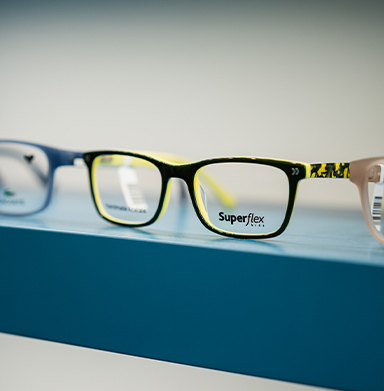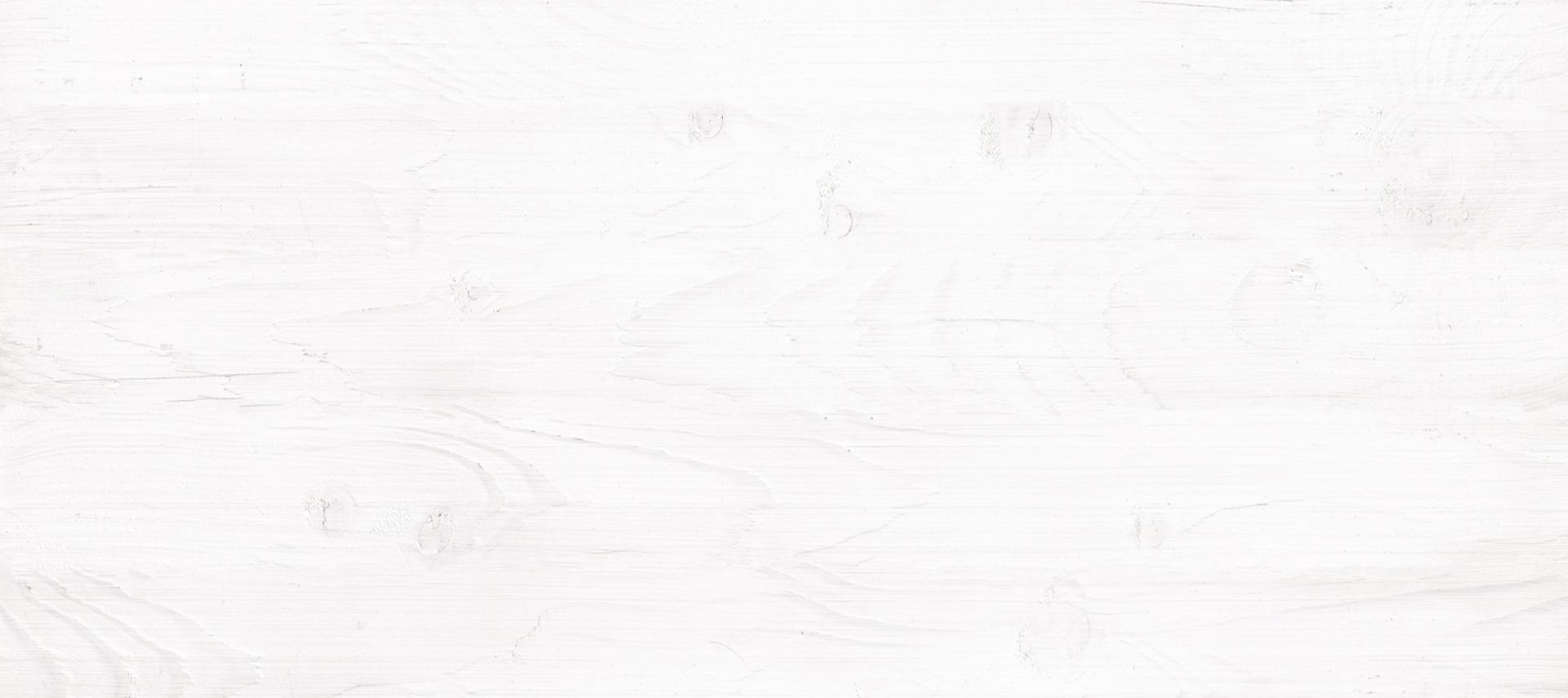Many people assume they can use the same prescription for both glasses and contact lenses, but they serve your vision in different ways. Glasses rest slightly away from your eyes, while contact lenses sit directly on the surface, changing how each one needs to be measured.
Glasses and contact lens prescriptions are different because each requires unique measurements based on how the lenses interact with your eyes.
Understanding what sets these prescriptions apart is key to making sure your vision is corrected comfortably and accurately.
Understanding Glasses & Contact Lens Prescriptions
Why Are Glasses & Contact Lens Prescriptions Different?
While both prescriptions aim to correct your vision, they are personalized to the specific way each device interacts with your eyes. Glasses sit about 12–14 millimetres away from your eyes, while contact lenses rest directly on the surface of your corneas. Because of this difference in placement, the measurements required for accurate vision correction vary.
What Is Included in a Glasses Prescription?
A typical glasses prescription includes details about the degree of correction needed for each eye, such as:
- Sphere (SPH): Corrects nearsightedness or farsightedness.
- Cylinder (CYL) and axis: Measures the correction needed for astigmatism and its orientation.
- Add power: Used for progressive lenses for near-vision correction.
What Is Included in a Contact Lens Prescription?
Contact lens prescriptions include additional information to account for their direct placement on the eye:
- Base curve (BC): This measures the curvature of your cornea to help the lens fit comfortably.
- Diameter (DIA): Specifies the size of the lens to properly cover your cornea.
- Lens material or brand: Not all lenses are created equal, and your optometrist will recommend specific brands that suit your eye needs.
- Power (SPH): Similar to glasses prescriptions but adjusted for the placement of the lens.
Contact lens prescriptions also include an expiration date to help with regular monitoring of your eye health.
Differences Between Glasses & Contact Lens Prescriptions
The Role of Distance
Glasses and contacts correct your vision from different distances relative to your eyes. Glasses prescriptions do not account for the curvature and shape of your cornea, while contact lens measurements must be precise to provide comfort and correction.
Additional Measurements for Contacts
Unlike glasses, contact lens prescriptions specify the shape of your eye using BC and DIA measurements. These help provide a secure and comfortable fit on your eye’s unique contour.
Regular Monitoring for Contact Lenses
Contact lenses require an annual prescription renewal to monitor eye health and confirm that your lenses continue to meet your vision needs. Glasses prescriptions, on the other hand, may last longer between renewals.
Why Do You Need a Contact Lens Exam?
If you are interested in contact lenses, a proper exam and fitting are important. During a contact lens exam, your optometrist will:
- Measure your eyes: This includes assessing corneal curvature, pupil size, and eye shape.
- Evaluate your eye health: This allows us to check that your eyes can safely support contact lens wear.
- Provide a trial pair: You will often try on contacts during the exam to determine comfort and fit.
- Offer training: If you are new to contacts, your optometrist will teach you how to insert, remove, and care for your lenses properly.
Skipping a contact lens exam may result in incorrect fit and discomfort, which can affect your eye health over time.
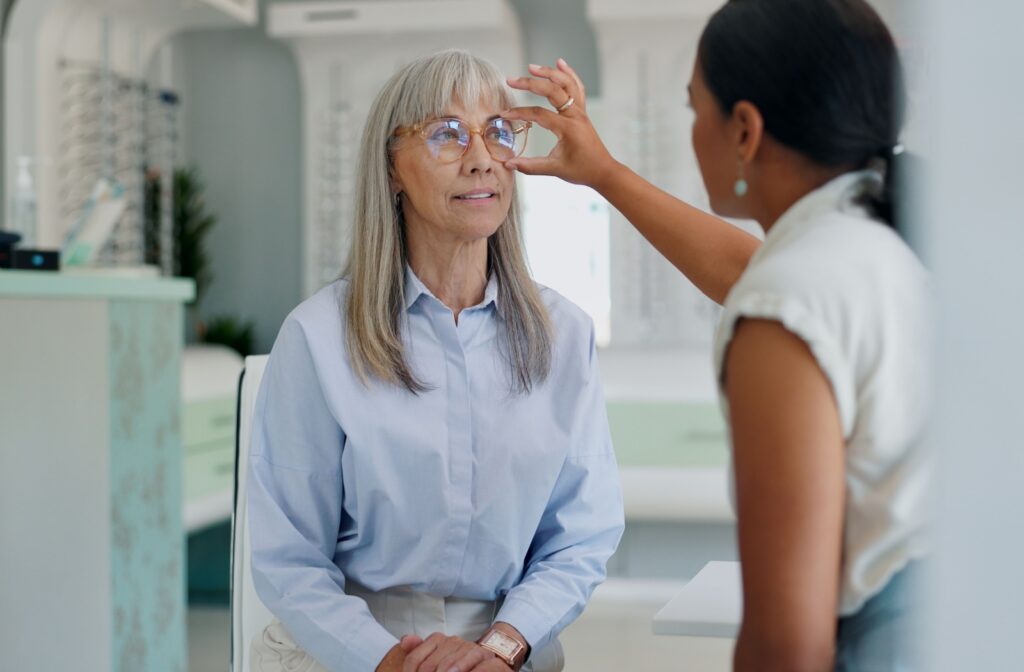
Making the Switch from Glasses to Contacts
Benefits of Contact Lenses
Here are some of the benefits that come with wearing contact lenses:
- Wider field of vision: Contacts eliminate the frames, giving you an unobstructed view.
- Convenience: They do not fog up, slip down, or interfere with physical activities.
- Aesthetic appeal: Contacts allow you to showcase your natural face and eye colour without being hidden behind glasses.
- Versatility: Contacts pair easily with non-prescription sunglasses or safety goggles.
Types of Contact Lenses to Consider
Before choosing a pair of contact lenses, it can be helpful to research the different types available.
- Soft lenses: Known for their comfort and ease of use, these are great for beginners or those with active lifestyles.
- Rigid gas-permeable lenses: These offer sharper vision correction and are ideal for individuals with astigmatism or specific vision conditions.
- Specialty lenses: Options such as multifocal lenses for presbyopia or scleral lenses for dry eyes cater to unique needs.
Each type of lens has its pros and cons, so your optometrist will help you choose the one that aligns best with your lifestyle and eye health.
Choosing the Right Option for Your Vision Needs
Both glasses and contact lenses offer unique benefits, and your decision should depend on preferences, lifestyle, and specific vision requirements. Consulting with your optometrist allows you to explore all your options while receiving professional care for your eyes. At Chestermere Optometry, we can help you find a vision solution, whether you prefer glasses, contact lenses, or both. Our team is dedicated to providing care through comprehensive eye exams and diagnostic technology. If you are considering contact lenses or need an updated prescription, contact us today to book your contact lens examination.



